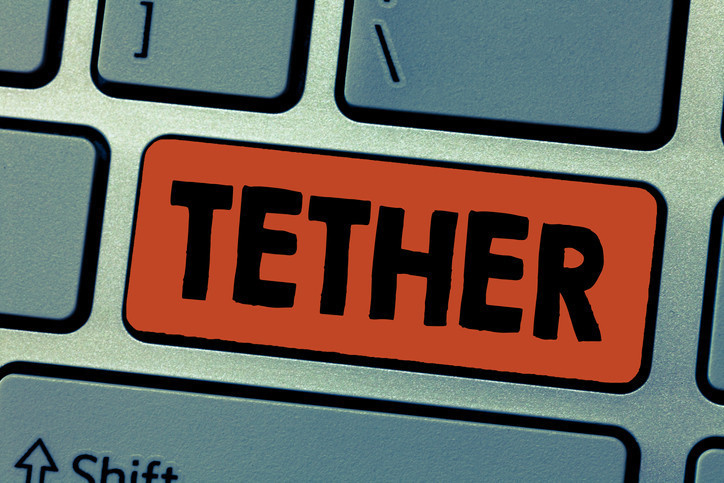Tether, a prominent stablecoin operator, has extended the reach of its USDT stablecoin by collaborating with the Celo network, an Ethereum Virtual Machine (EVM)-compatible layer-1 network designed for fast and cost-effective payments.
You might also like
BlockFi’s Zac Prince Breaks Silence on Bankruptcy and Future Ventures
BlackRock’s IBIT ETF Surpasses $10 Billion AUM, Setting New U.S. ETF Growth Record
Announced on March 11, this partnership is expected to greatly benefit USDT users by introducing remarkably low transaction fees of around $0.001, facilitating microtransactions.
A source close to Celo underscored the network’s dedication to providing rapid, low-cost payments globally since its inception in April 2020.
Transitioning to an Ethereum Layer 2 solution, according to a spokesperson, will maintain low gas fees, crucial for achieving global prosperity and aligning with Celo’s community-driven mission.
The introduction of USDT to the Celo ecosystem will expand the platform’s range of stable assets, which includes Mento’s eXOF and the cREAL, among others. These stable assets play a vital role in supporting remittances, savings, lending, and cross-border payments.
Rene Reinsberg, Celo co-founder and foundation president, expressed excitement about welcoming Tether USDT to the Celo ecosystem, highlighting the additional options for users seeking fast, low-cost payment methods and the broader benefits for stablecoin use cases globally.
Specific details regarding the official issuance of USDT on the Celo blockchain were not disclosed by Tether representatives. However, this move positions USDT alongside 14 other blockchains supported by Tether, including Tron, Ethereum, Solana, and Avalanche, with Tron and Ethereum hosting the majority of USDT circulation.
The integration comes amidst mounting concerns within the crypto community regarding escalating Ethereum network fees, particularly affecting Ethereum-based USDT transactions, which require ETH for gas fees.
However, the Celo network’s EVM compatibility offers a degree of independence from Ethereum’s fee structure, providing relief from volatile gas fees, as noted by a Celo insider.
Tether’s strategic move into the Celo network coincides with the introduction of its major competitor, the Circle-issued USD Coin (USDC), to Celo, marking a significant period of growth and diversification for stablecoins on the platform.
 coinculture.com
coinculture.com
